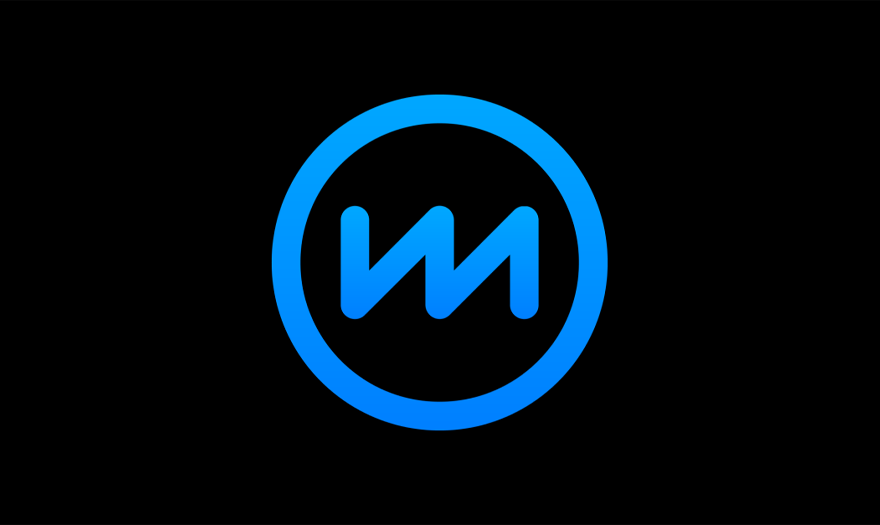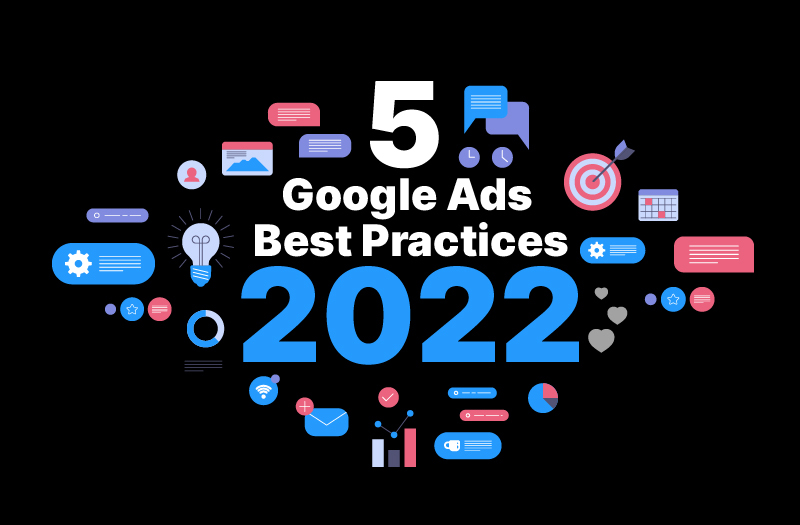
Since its introduction in 2000, Google Ads has changed and been updated in countless ways. These changes include not only expanding the way that it serves ads but expanding the very types of ads that can be run on the platform.
What began as pay-per-impression bidding on search ads evolved into pay per click, and then pay per acquisition. The number of platforms has exploded as well, and now includes display, video, maps, and many more.
The general trend for Google Ads has been a push towards more automation, less control for advertisers, and more ad formats to be served across devices and platforms.
So, how can you keep up with all the changes? How can you maintain an edge for your business online using the largest online advertising platform?
Check out the top 5 Google Ads Best Practices for 2022 put together by our Ottawa Google Ads Specialists.
1. Use Responsive Search Ads
Previously, the standard for search ads was Expanded Text Ads. Google has completely ended support of Expanded Text Ads and has replaced them with Responsive Search Ads.
Expanded Text Ads used to allow users 3 headlines and 2 descriptions, which appeared in the order that they were entered by the advertiser.
Responsive Search Ads on the other hand allow for a user to enter up to 15 headlines and 4 descriptions, which Google automatically tests in different combinations, learning which combination performs best for which queries and searches.

Responsive Search Ads have been shown to have higher click-through rates than Expanded Text Ads, and give your ads the opportunity to compete in more auctions and match more queries. There is a tradeoff – you will have less control over the exact way your brand’s message will be displayed compared to Expanded Text Ads.
To give your ads the best chance at success, your search ads should be in the Responsive Search Ad format with an ad score of “Excellent”. The way you write ad text will have to change as well – since headlines and descriptions can be shown in any order, they have to make sense individually or in combination.
By implementing optimized Responsive Search Ads in your Google Ads account, you are giving your ads a leg up on the competition who are sticking to Expanded Text Ads.
If you want to take your ads to the next level, partner with WebMarketers, Ottawa’s Google Ads Specialists. Our experts know all the tips and tricks to help your Responsive Search Ads beat the competition in Google’s auctions, increase clicks, and drive results on your website.
2. Leverage Smart Bidding
Google’s sustained push towards automation does not stop at the type of ads they are pushing users towards. Arguably the most impactful way Google has leveraged automation is by creating a number of automated bid strategies, called “smart bidding” strategies.
“Smart bidding” uses machine learning to optimise for conversions and conversion value. Google uses advanced machine learning algorithms which draw on a vast amount of data to make accurate predictions about how different bid amounts impact conversions.
Smart bidding also uses a wide range of contextual signals to help set the right bid. Using these contextual signals, Google can determine how far along the purchasing journey a user is, which devices are more likely to convert, and more.
The three smart bidding strategies developed by Google are:
- Maximise Conversion Value: Maximise the total conversion value of your campaign within your specified budget with the Maximise Conversion Value bidding strategy.
- Target ROAS: Google attempts to achieve a target Return On Ad Spend set by the advertiser.
- Target CPA: Similar to Target ROAS, google attempts to achieve a target Cost Per Acquisition set by the advertiser.
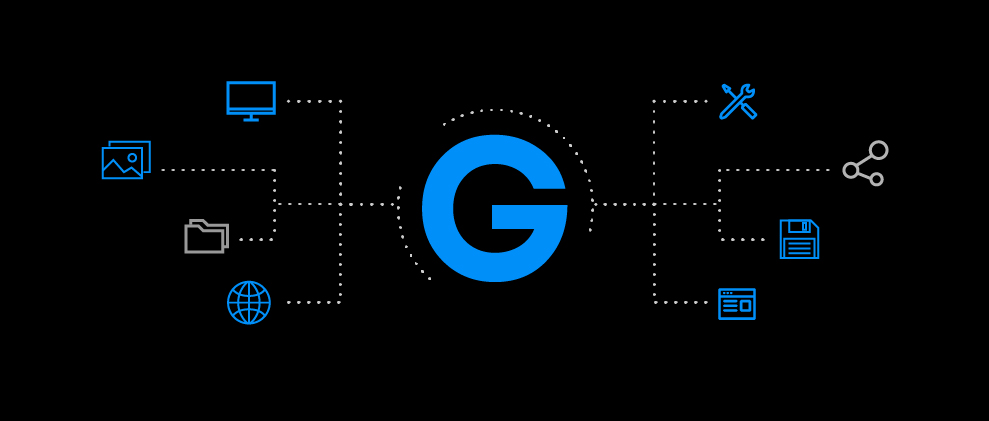
Choosing a bidding strategy is one of the most important steps in setting up an ad campaign, and choosing the right strategy depends on a number of factors. In some cases, Manual CPC bidding remains the best choice, however many accounts strategically implementing smart bidding strategies can boost performance.
3. Apply Negative Keywords
A little-known fact about Search Ads is that you don’t always get what you pay for. While you may be bidding on a keyword such as “dentists near me”, Google and other online advertisers will often serve your ad for searches for competing dental clinics or other related words. Sometimes these similar-but-not-quite-the-same searches are valuable, but often they are not.
Google’s Search Term report allows you to view the exact queries users typed in before clicking on your ad, giving you an opportunity to apply some quality control.
Each search term should be reviewed, and if the quality is poor it should be added as a negative keyword. Adding a search term as a negative keyword means that your ads will no longer serve when a user searches for that keyword, saving you money.
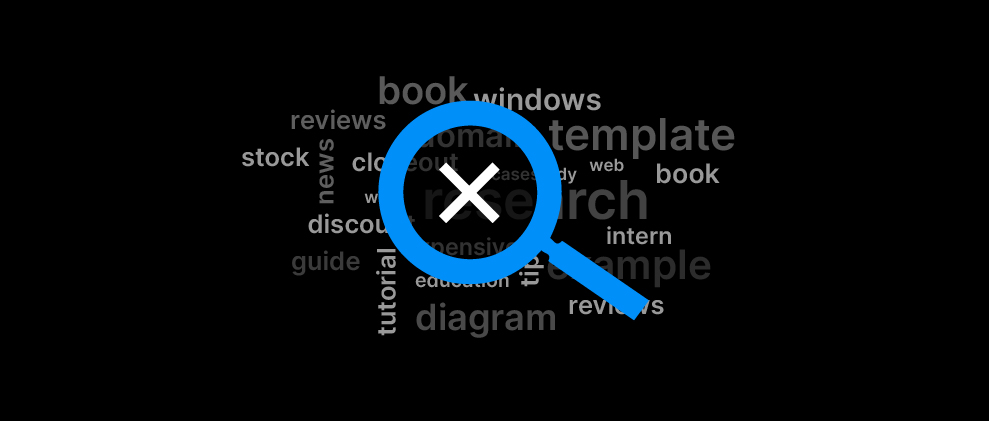
You can get ahead of the bad searches by uploading a list of negative keywords before your ads even start running. There are likely a number of keywords which you would not want to target such as free, how-to, DIY, and many others.
Having a hard time keeping on top of your search terms and negative keywords? Our account specialists get to know the ins and outs of every account they work on and stay on top of negative keywords so you don’t pay for searches you don’t want.
4. Optimise Your Landing Pages
Google Ads best practices don’t just cover the ads themselves, they also need to address the landing pages.
Getting qualified users to click on your ads is important, but if they end up on a landing page which is not properly set up to drive conversions, you are wasting a lot of money.
Is your landing page tailored to the specific message of the ad group? Are there clear calls to action and easy-to-use conversion points such as contact forms, click-to-call buttons, and more? Does the copy work towards your conversion goals?
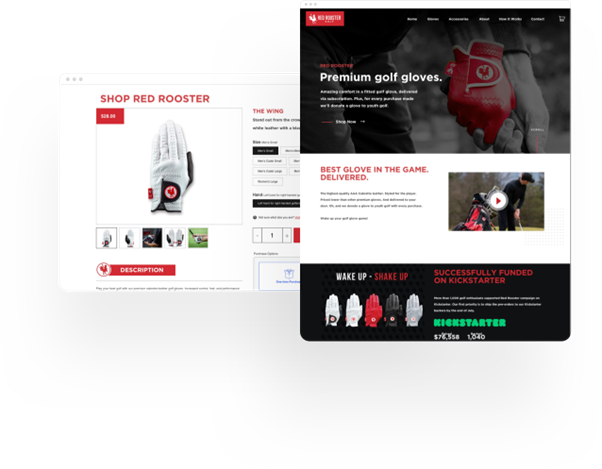
If the answer to any of the questions above is “no”, then now is the time to do something about it. Every day that your campaigns are running traffic to your homepage or another unoptimized page can represent hundreds of thousands of dollars lost based on your campaigns.
Not sure whether your landing pages are optimised for Google Ads? As Ottawa’s Google Ads Experts, WebMarketers can design and develop conversion optimised landing pages for all your campaigns.
5. Work With Google Ads Partners
We saved the best piece of advice for last – work with Certified Google Ads Partners to ensure that the people managing your accounts are up-to-date with all of Google’s policies and features.
Google Ads is a complex platform with new features being rolled out several times a year. Just keeping up with the changes is a full-time job, and difficult to do when you are busy running your own business.
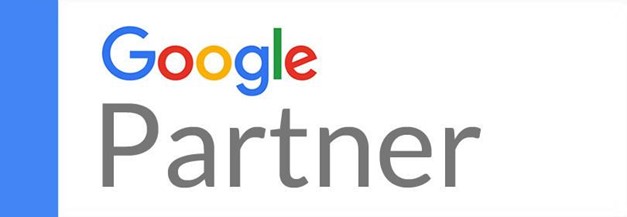
Working with Google Ads partners allows you to focus on what you do best – your business – while we take care of making sure Google Ads best practices are implemented from A to Z to drive ROI.
Get in touch with our solutions team today to see how working with a Google Ads Partner can help take your business to the next level.
